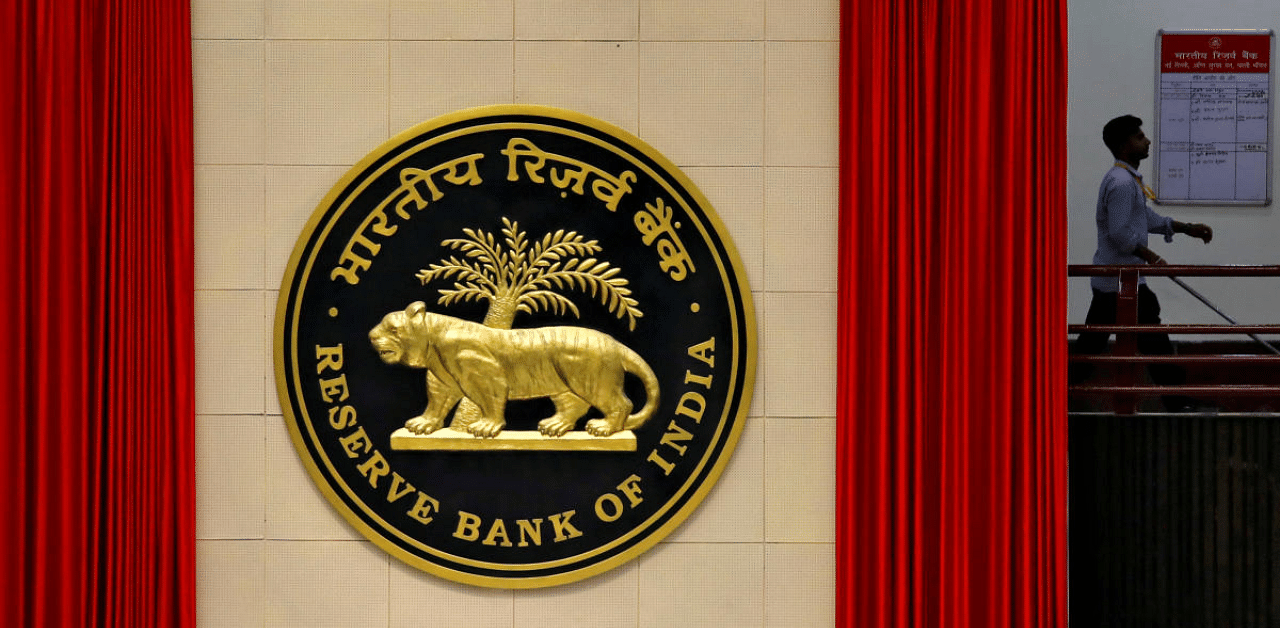Bankers and financial experts on Friday hailed RBI's policy, saying the decision to keep the key repo rate unchanged is an accommodative approach to manage inflation while keeping growth as target, amid the current economic conditions.
The Monetary Policy Committee (MPC) evaluated domestic and global macroeconomic and financial conditions and voted unanimously to leave the repo rate unchanged at 4 per cent, RBI Governor Shaktikanta Das said in his policy statement for the bi-monthly monetary policy review.
It also decided to continue with the accommodative stance of monetary policy as long as necessary – at least during the current financial year and into the next year – to revive growth on a durable basis and mitigate the impact of Covid-19, while ensuring that inflation remains within the target going forward.
“Today's policy statement by RBI is a perfect exposition of doing 'whatever it takes' to revive growth,” SBI chairman Dinesh Kumar Khara said in a statement.
Given the expectation of inflation to stay elevated and a GDP contraction of 9.5 per cent in 2020-21, RBI has done the right thing by announcing “discretion-based” policy responses rather than being “rule based”, he added.
Bank of India's chief executive A K Das said the retail and small business segments will also have better prospects by measures, such as, rationalisation of risk weight for housing loans, enhancement of regulatory retail cap and co-lending with NBFCs/HFCs.
Punjab National Bank's MD and CEO S S Mallikarjuna Rao welcomed the Rs 1 lakh crore targeted long term repo operations and said it will support the economic growth.
Friday's monetary policy was as aggressively accommodative as possible without cutting the policy rate, said Abheek Barua, Chief Economist, HDFC Bank.
"Given the stance, there is a significant probability of a rate cut in February, if not in December itself as inflation, as we expect, moderates. Has the RBI gone overboard in its effort to support growth? We think not.
"These are unprecedent times and the Indian economy’s revival efforts are hobbled by the lack of adequate fiscal support. If monetary policy does have to do the heavy lifting, it cannot do it within the confines of a conventional take-no-risks framework," Barua said.
Siddhartha Sanyal, Chief Economist and Head – Research, Bandhan Bank said :"Steps such as larger quantum of OMOs and OMOs in state government securities should offer cheer for the bond market, while on-tap TLTRO and rationalisation of risk weightages of housing loans are meaningful steps in the right direction. We continue to expect discussion on rate cuts to be back on the table later during the year as inflation prints start softening."
The Reserve Bank in its policy statement said it is ready to conduct market operations to assuage pressures arising out of it and dispel any illiquidity in financial markets.
"The monetary policy announcement is overall positive and growth oriented. The RBI Governor has rightly mentioned that focus must be on reviving the economy. Accordingly, the accommodative stance was as expected. The RBI's assurance on maintaining comfortable liquidity conditions will assure the markets, at the same time enable the government to go ahead with its borrowing programme smoothly," said Padmaja Chunduru, MD & CEO, Indian Bank.
The policy measures recognise the growth risk the economy faces and the imperativeness of providing liquidity for growth, said R K Gurumurthy, Head – Treasury, Lakshmi Vilas Bank.
"The decision to hold rates steady would also help to protect net interest margin (NIM) of banks as a majority of the loan book is linked to the repo or other floating benchmarks," Gurumurthy said.
Aditi Nayar, Principal Economist, ICRA said the policy statement struck a confident note on the outlook for economic activity, especially the projection of a mild growth in Q4 FY2021, which appears to be coloured by the spate of positive data for September 2020, the sustainability of which is as-yet uncertain.
RBI has expected the economic growth to return to positive in the last quarter ending in March next year.
For the full year, GDP is expected to decline by 9.5 per cent, with risk tilted to the downside mainly because the external demand is still anaemic, RBI said.
"We remain circumspect about generalising these early greenshoots, as they have benefitted from base effects and one-off shifts in some sectors. In our assessment, inflation may not relent appreciably below 5 per cent until December 2020, dimming hopes of a rate cut prior to the final policy meeting scheduled for this fiscal year," Nayar said.
Indian Banks Association's deputy chairman Raj Kiran Rai, who also heads Union Bank of India, said the policy signals are tilted more towards augmenting growth momentum in the economy and added that all the announcements are focused on ensuring liquidity and effective monetary transmission.
Anshuman Magazine, Chairman & CEO - CBRE India, South East Asia, Middle East & Africa said RBI has maintained an accommodative stance which is positive for the economy.
RBI's decisions to relax loan to value (LTV) guidelines and rationalise risk weights for home loans will further encourage homebuyers and their review of the co-origination model between banks and NBFCs and extension of the scheme to all NBFCs (and banks) will improve the flow of credit in the economy, he said.
Nitin Aggarwal, Group CFO, Religare Enterprises said the policy clearly outlines that the focus will continue on reigniting the economy's growth engine even as inflationary pressures are seen abating in Q3 and Q4.
Among the foreign lenders, Standard Chartered Bank's Zarin Daruwala termed the decision to prioritise growth over inflation a “bold one” and added that moves on TLTRO, Gsec and state development loan buybacks, and the extension of the period for the enhanced held to maturity limit will cap interest rates and ensure a resilient economic recovery.
